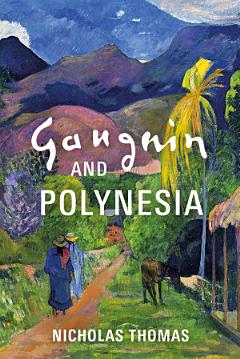Gauguin and Polynesia offers a fresh view on the artist, not from the perspective of European art history, but from the contemporary vantage point of the region – Oceania – which he so famously moved to. Gauguin's art is revealed, for the first time, to be richer and more eclectic than has been recognised. The artist indeed did invent enigmatic and symbolic images, but he also depicted Polynesia's colonial modernity, acknowledging the life of the time and the dignity and power of some of the Islanders he encountered.
Gauguin and Polynesia neither celebrates nor condemns an extraordinary painter, who at times denounced and at other times affirmed the French empire that shaped his own life and the places he moved between. It is a revelation, of a formative artist of modern life, and of multicultural worlds in the making.

